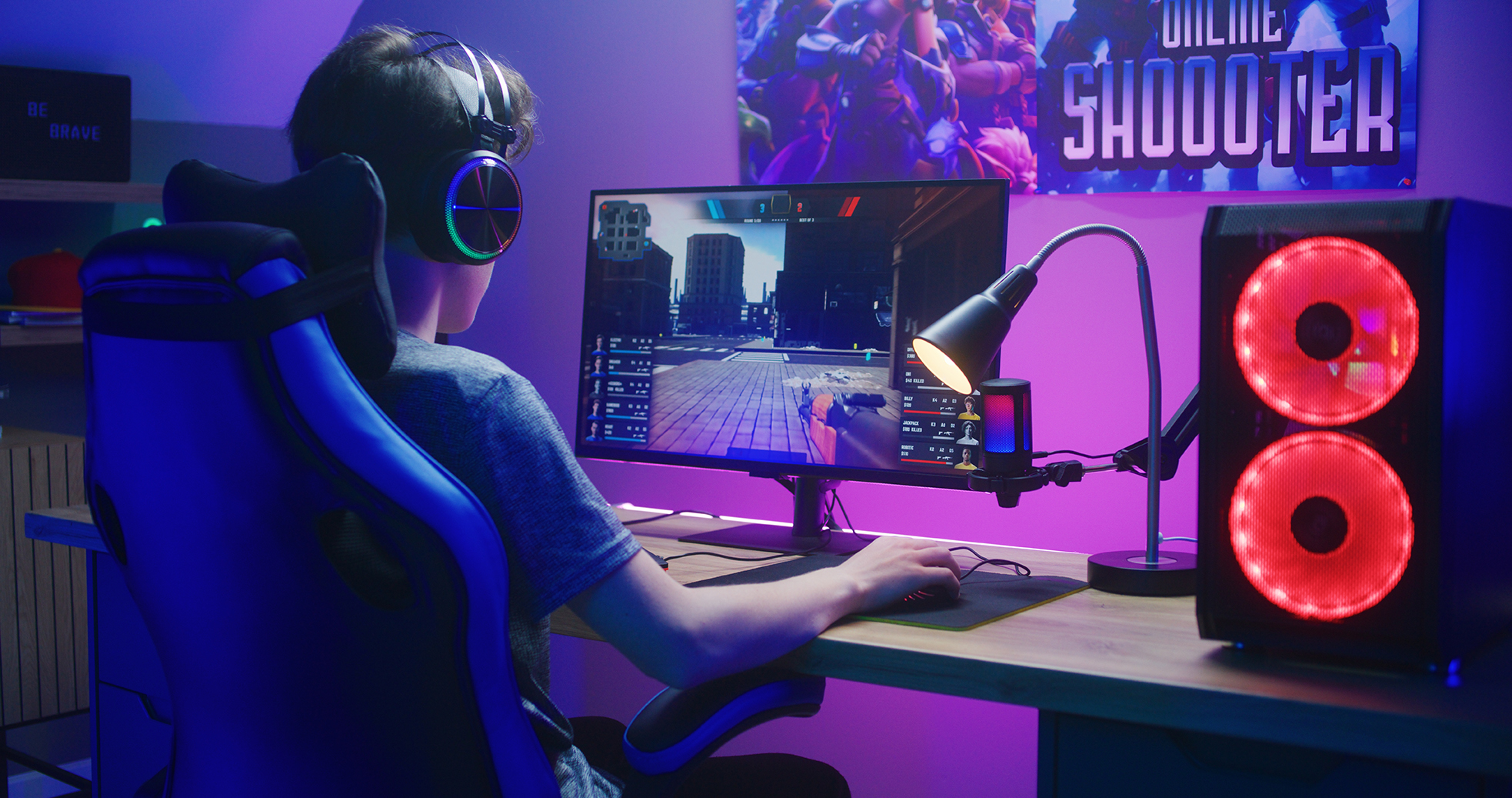It’s 1:37 am.
I’m at the airport. It’s completely empty. No one’s here except my husband, my two little boys, and me. I don’t know who’s struggling to hold it together, more. The boys, or me.
I check.
No taxis.
I open Uber. The closest car is 20 minutes from here. Anxiety creeps in. I can’t wait that long … my little guy is gonna lose it. He’s two. It’s 6 hours past his bedtime and 5 minutes to meltdown.
I download the Lyft app. “Thank goodness,” I say as it opens. I can see a car 4 minutes away. I let go of my breath, gather my family, and start dreaming of getting some sleep.
Lyft’s satisfaction is significantly higher than Uber’s.
I can see why.
But, let’s talk to 200 real riders and drivers as they leave the app … you’ve already heard my story.
Uber may be #1 in market share, but riders say Lyft leads in satisfaction at 95%. This story stays true in a bad experience too. Lyft is still ahead. At 7%, they’re 2x less likely to dissatisfy riders, than Uber is. Why? Well, most Uber riders blame their bad blood on high prices.
So, what’s going on?
Well, if you rideshare, you’ve probably seen the recent surges. See, with fewer people ridesharing (eh em, COVID), prices are way up. So, 47% say Uber needs to decrease their pricing. Lyft, on the other hand, is being asked for more available drivers.
Gotta love supply and demand.
Wait times are also a problem. Recently, 31% of Uber riders have waited 11 minutes or more — eventually giving up and canceling their requests. Here, Lyft is pretty equal at 28%.
It’s an opportunity.
If Lyft can get ahead of these bumps in the road they stand to steal major market share. Uber may have been first to the game, but they’re starting to slide when it comes to customer experience. And that’s probably why Lyft riders want more drivers.
They’re ready to switch … so, let’s talk to the drivers.
Hear the drivers’ side of the story.
They’re with Lyft.
At 27%, Uber drivers aren’t seeing enough trip requests; Lyft is less than half that. In fact, 29% of Lyft drivers have too many requests — again explaining why riders want more drivers.
Yes, they plan to drive next month.
While Uber drivers may be reporting low demand, 7 in 10 still plan to drive next month. Lyft drivers are less likely though at 59%. So, what’s the solution to poor demand?
Dual app driving.
Let me explain. We talked to Uber drivers who also use Lyft. In that group, 64% plan to drive Lyft next month. Drivers willing to work for both apps — may be able to help everyone. By keeping both apps open, they can increase available rides, which helps both parties.
Not so fast.
There’s more to do here. The pandemic is still a concern. For 50% of the Lyft drivers who say they’re not driving as often as before — health is the reason why. You can see it in what they’re doing now to make ends meet, none of it involves driving. Zero reported switching to taxis.
The story holds true with Uber drivers too.
More than half (56%) aren’t sure when they’ll return to normal volumes. So, while drivers like both apps and are satisfied with their experience, it’s health they’re worried about.
And that worry will stick around a while.
Now what?
We wait.
Yes, I know, I’m tired of waiting out this pandemic too. But, I’m actually talking about waiting to see how Lyft and Uber respond to the data. Their audience is clearly asking for a better customer experience. One that involves lower prices and better service (i.e. access to drivers).
Take a page from this data.
Your customers want the same things we’re seeing here: lower prices, better service. After all, we’ve been dealing with record-level inflation this year. So, why not ask what you can do for them? You hold the cards. Talk to your consumers and deliver what they want. It’s how you’ll beat the competition.
Get started with a 7-day free trial.



